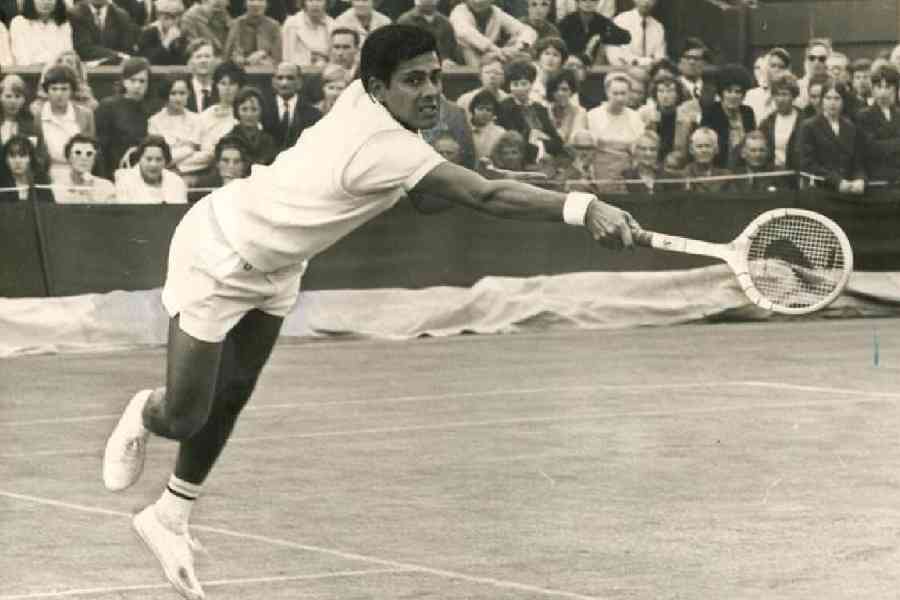Book: CROSSCOURT
Author: Jaidip Mukerjea
Published by: Vitasta
Price: ₹495
The story of Jaidip Mukerjea is one of the most important sagas of Indian tennis. The life of this tennis icon needs to be told to make generations aware not only of his contribution to the sport but also to learn about tennis’s evolution in India from the 1960s onwards. In Mukerjea’s own words, it took the pandemic for him to pen down his thoughts and take the reader through the labyrinth of his memories.
Here, Mukerjea, a great-grandson of Deshbandhu Chittaranjan Das, has not only written about his life as an international tennis player but also of his personal life, especially his attempts as a child to comprehend Deshbandhu’s greatness while enjoying the affection of Basanti Devi (C.R. Das’s wife). The incident of a four-or-five-year-old Jaidip meeting the Mahatma at Basanti Devi’s house and running away with his footwear is one of the heartwarming chapters of the autobiography.
Mukerjea recounts incidents and anecdotes from his playing days along with icons like Ramanathan Krishnan and Premjit Lall. His special association with Wimbledon and the Calcutta South Club is well-documented. He speaks warmly of his friendship with South Club buddies like Lall, Naresh Kumar and Akhtar Ali and those on the international circuit like Arthur Ashe, Tony Roche, Rod Laver and others. The book, edited by Papri Sen Sri Raman, also takes the reader through hisassociation with Leander Paes and Mahesh Bhupathi, whom he captained during their Davis Cup playing days. His own Davis Cup debut in 1960, against Thailand, is also written about in detail.
The book also covers various aspects of his personal life and includes a chapter on his wife, Sharmin.
Numerous photographs, some rather rare, have been included. But captions with greater details would have made them more attractive. The photos of newspaper cuttings should have mentioned the publications.
The editing of the book, an autobiography of a legend, leaves much to be desired.

